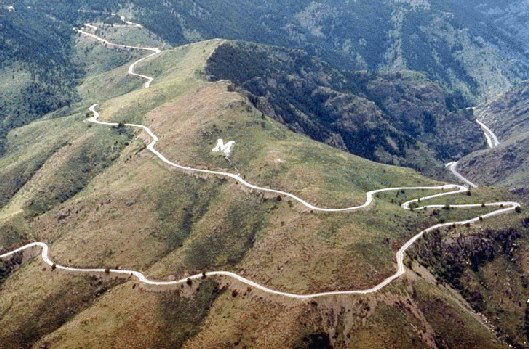“I really want to know what predicts ACL reconstruction failure or success so that we can improve our outcomes.” – Dr. Kurt Spindler, MD – Cleveland Clinc
In the course of scouring the Internet for any and all information on ACL injuries and rehabilitation, I came across a research summary titled Predictors of successful ACL reconstruction found. The research comes from the Multicenter Orthopaedics Outcomes Network (MOON), led by Cleveland Clinic’s Kurt Spindler, M.D. Dr. Spindler is the Vice Chairman of Research in the Orthopaedic & Rheumatologic Institute, the Director of Orthopaedic Clinical Outcomes, and the Academic Director of Cleveland Clinic Sports Health. MOON consists of 17 surgeons from seven institutions. The researchers wanted to establish a “gold standard” for ACL reconstruction and rehabilitation. A related project is the Multi-center ACL Revision Study (MARS). I got to speak with Dr. Spindler recently. He gave me a lot of good information on several topics. After speaking with him I feel very well informed on what to know and what to ask as I start to navigate my way to a new ACL.
What are the big takeaways from the research?
- Choose the correct type of graft. (An allograft comes from a cadaver. An autograft comes from you, either as part of the patellar tendon or hamstring.) There are advantages and disadvantages to both. Age and activity level are important factors. For teenagers and twenty-somethings, the autograft is best. I told him that I’m highly active and I intend to return full-bore to my activities. He said the autograft (either hamstring or patellar tendon) is right for me.
- First-time ACL reconstructions perform much better than second reconstructions. Be patient. Do the rehab correctly and don’t rupture the repair!
- Pick a skilled surgeon, one who does a lot of reconstructions and does them frequently.
- Do the rehab! (I intend to make my rehab a religion.)
To what degree should I stay off my feet and avoid activity? Is it safe to do any type of activity? If so, what?
- Pain should be my guide. If it hurts then stop.
- I can exercise to whatever degree I’m able, so long as it’s gentle work and pain free.
- I can use an exercise bike, paddle around in a pool, do squats (unweighted obviously) and any other sort of work that I can tolerate.
- Avoid fast movements and twisting.
In speaking with surgeons, what questions should I ask?
- How many repairs have you done?
- How many repairs per year do you do?
- On whom have you done them? Athletes? Kids? Sedentary people?
- How involved are you in the rehab program? Will I just receive a handout of exercises to do or will you monitor my progress and adjust the program as necessary?
Is there an ideal rehab protocol?
Dr. Spindler said there wasn’t a strict protocol that’s best. Every injury and every individual will progress differently and rehab must be adjusted accordingly. He directed me to the evidence-based MOON rehab guidelines.
How soon should surgery follow an ACL tear?
- The knee should have good ROM.
- Swelling should be down.
- Good muscle function should be present.
- The patient should be able to walk.
- A long wait increases risk of further injury.
What should I know about miniscus damage? In the case of a damaged miniscus, how much can be salvaged?
- Tissue with good blood flow can be salvaged.
- Overly damaged tissue without blood flow should be excised.
What should I know about ACL repair using a bioenhananced scaffold technique?
At this time, there doesn’t appear to be any advantage to using this experimental technique.
He told me I had several favorable factors on my side:
- I’m athletic.
- I don’t smoke.
- I have a good BMI.
One variable that I can’t control is the amount of damage to the knee. My MRI said I have a partial tear and some damage to the MCL. I’ll learn more on Thursday when I meet with an orthopedist. Thank you to Dr. Spindler and the Cleveland Clinic for the interview. This has been a huge help to me and I hope it helps someone else with a bad knee.


